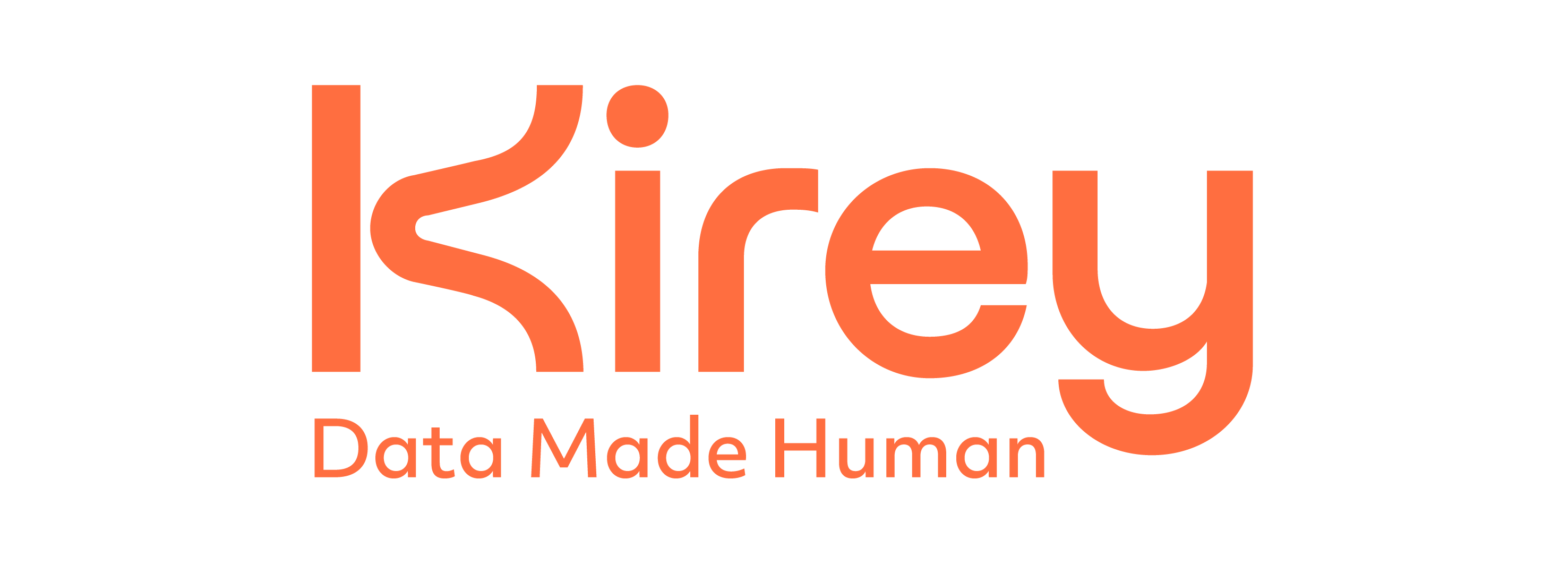Driven by the race towards artificial intelligence, which companies see as a key factor for competitive advantage, the cloud market continues to grow steadily. In Italy alone, cloud spending increased by 24% in 2024 compared to the previous year, reaching €6.8 billion. Businesses, particularly larger ones, continue to favor hybrid and multicloud models—strategies that combine private and public resources from various providers under a single, centralized governance.
Fully leveraging the cloud is essential to staying competitive. Still, it also brings new complexities due to increasingly distributed IT infrastructures and a Cloud Native model that is not easy to manage. In particular, two major challenges arise:
- Increased complexity leads to an exponential rise in vulnerabilities, multiplying opportunities for cybercriminals.
- Growing difficulty in optimizing performance and identifying the root causes of malfunctions in increasingly dynamic application architectures, which rely on orchestrating numerous (micro)services.
This is where cloud monitoring comes into play.
What Is Cloud Monitoring and Its Different Types
The cloud is not a monolithic concept but rather an ecosystem of components that reshape how businesses acquire and manage IT infrastructures, services, and applications essential to their operations. The need to oversee increasingly complex digital ecosystems has shaped cloud monitoring as a way for companies to track, assess, and manage the performance, availability, and security of their entire cloud-based infrastructure. This includes not only essential resources such as virtual machines and networks but also critical application components like databases, dependencies, microservices, and containers.
Cloud monitoring can be categorized into several types, including:
Infrastructure Monitoring
This type of monitoring oversees the availability and performance of IT resources such as CPU, memory, storage, virtual networks, and application infrastructure, including containers and microservices.
Application Performance Monitoring (APM)
APM focuses on monitoring application performance to ensure that a company’s digital services operate efficiently, at scale, and without disruptions.
Database Monitoring
By analyzing key metrics such as query response times, memory usage, transaction throughput, and data integrity, this monitoring type ensures that database systems can seamlessly handle variable workloads.
End-User Experience Monitoring (EUM)
EUM analyzes metrics like page load times, error rates, and latency to assess how application performance impacts the experience of users (internal and external).
How Cloud Monitoring Works and Its Benefits
Effectively monitoring dynamic and distributed cloud environments requires a strategic approach that must be closely aligned with business objectives.
Of course, achieving this goal also demands specialized skills and the right tools. The market offers a wide range of solutions, from native cloud provider tools to third-party platforms that collect, analyze, and visualize data in real time. Integrating various data sources and types, such as logs and metrics, allows businesses to correlate events and quickly identify vulnerabilities and potential issues.
An effective cloud monitoring system provides businesses with multiple benefits:
- Enhanced Security and Resilience
Monitoring quickly detects vulnerabilities and anomalies, reducing the risk of cyberattacks and ensuring greater stability. - Application Performance Aligned with Business Needs
Tracking application performance assures availability and response times that meet user and process requirements. - Operational Efficiency
Automation and predictive data analysis reduce troubleshooting time, allowing IT teams to focus on higher-value activities.
- Improved User Experience
A stable and high-performing cloud infrastructure translates into a seamless user experience free from slowdowns or interruptions.
Cloud Infrastructure Monitoring: 5 Best Practices
Implementing cloud monitoring in a company is no simple task. The complexity of cloud architectures, the need for specialized expertise, and the importance of adequately training internal teams on well-established best practices make it a challenge that requires careful planning. Below are five key principles to guide any cloud monitoring strategy toward success.
Set Clear Objectives Aligned with Business Goals
Monitoring without a clear goal and without quantifying its business benefits results in meaningless data collection. It is essential that metrics directly relate to strategic or operational business objectives.
Avoid Data Overload
Once objectives are defined, selecting the most relevant data, metrics, and indicators is crucial. Collecting excessive information can lead to data overload, which overwhelms systems and complicates decision-making.
Emphasize Automation
In dynamic and evolving cloud environments, manually tracking data and information is nearly impossible and can lead to delays or errors. Automation tools allow teams to focus only on critical insights, enhancing process efficiency.
Modern tools can configure automatic actions in response to specific events, while advanced data analysis techniques—such as machine learning—enable a predictive approach, further improving performance.
Take a Gradual Approach
Adopting complex solutions from the start is not necessary. Native monitoring tools from cloud providers can be used to begin developing expertise. Over time, businesses should implement an integrated monitoring solution to collect data from all systems and visualize them through unified dashboards.
Continuously Optimizing Strategy
A monitoring strategy must be continually refined to adapt to evolving business needs, infrastructure changes, and advancements in technology and security threats. Optimization should include periodic metric reviews, tool updates, and assessments of results against initial goals.
